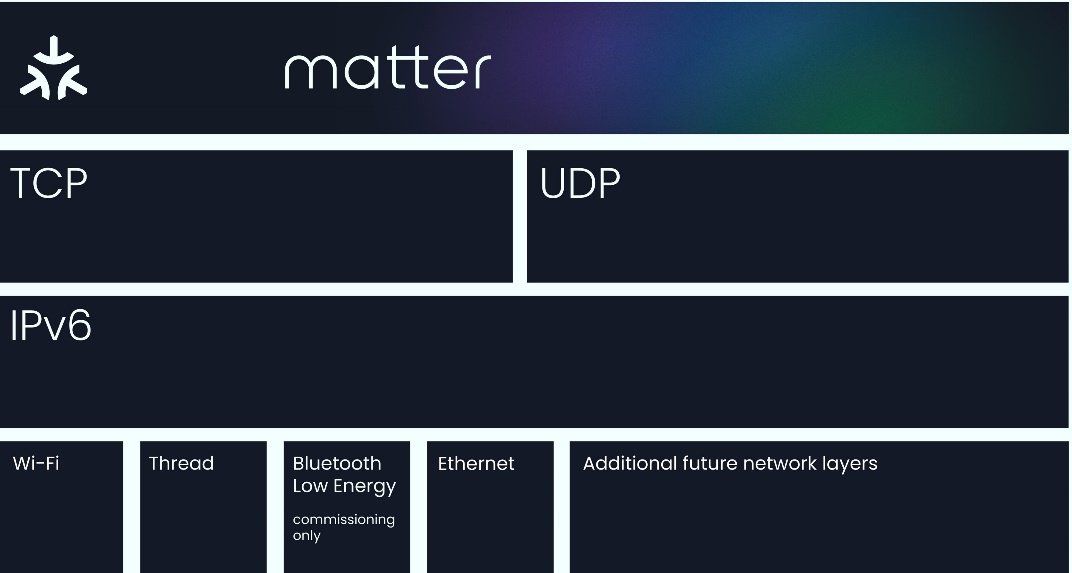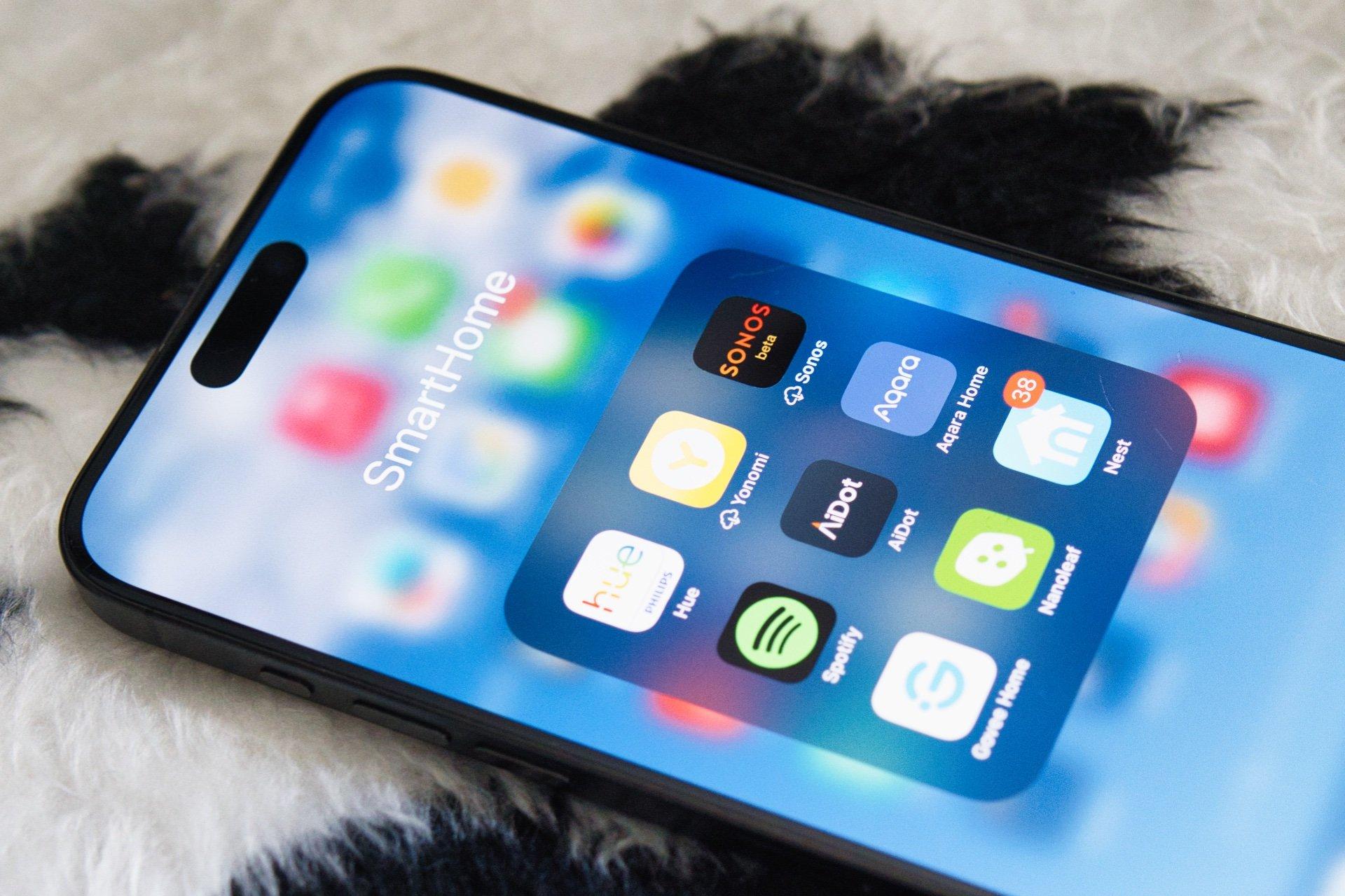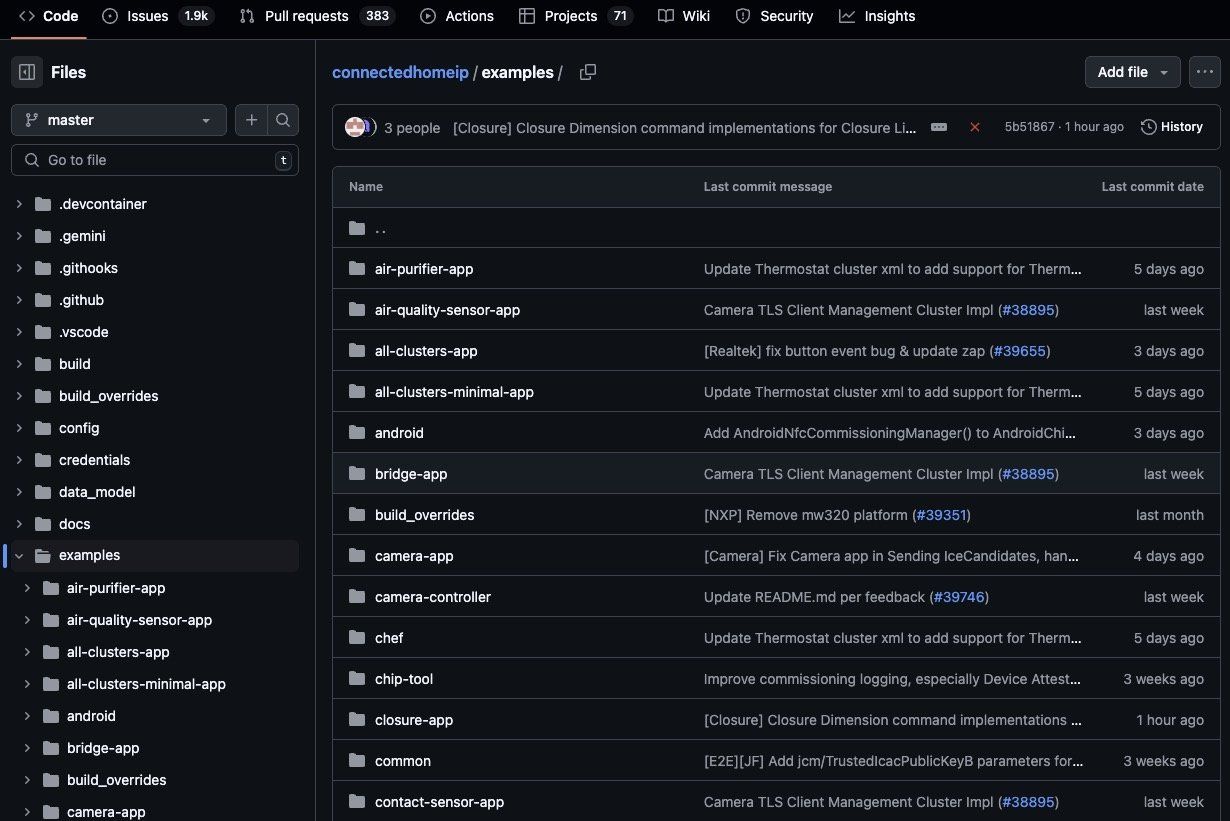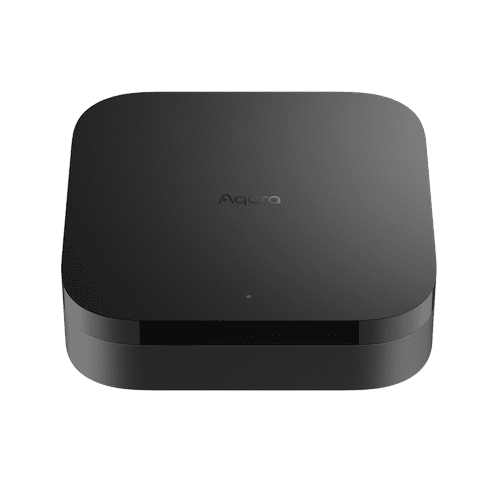Shopping for smart home products used to be a nightmare—one in which every plug and lightbulb needed its own app, and each was supported by a different platform. If you switched from Apple Home to Google, your HomeKit-compatible devices wouldn't work. While this was great for vendor lock-in, it was horribly anti-consumer.
Matter (previously known as Project CHIP) was created to solve these problems; to be the one standard that unified everything, making devices cross-compatible and the plethora of manufacturer-specific apps a thing of the past. It's an open-source standard with regular updates, and being developed by over 200 smart home companies, including names such as Apple, Google, Samsung, and Amazon.
One protocol to rule them all

It might be helpful to first define what Matter isn’t, to understand what it is.
Matter isn’t a new wireless connection like Wi-Fi or Bluetooth. Matter specifies some of the communication networks that Matter accessories should use, such as Bluetooth for onboarding, and Wi-Fi, Thread, or Ethernet to actually join your home network. But Matter itself isn’t a type of network. That said, "Matter over Thread" can be a bit confusing, because that is a new kind of low-power wireless mesh network, and it requires a hub equipped with a Thread radio to translate the signals.
Matter isn’t a piece of hardware or a new chip. It’s not a new smart home hub either; though you might need a new hub that’s Matter compatible. If you have a new generation of smart assistant like an Apple HomePod or Google Nest Hub, you're all set—it's already a Matter hub.
Matter isn’t a new app to download or yet another smart home platform. Any smart home platform can become Matter-certified, and will allow you to manage your Matter accessories. You can use Apple Home, Alexa, Google, Samsung SmartThings, or any other Matter-certified app to control things.

Matter is really just a set of standards that all manufacturers who make Matter accessories have agreed to follow. But it’s mostly about the software side of things: Matter says “if you make a Matter light bulb, it needs to speak this language and respond to these commands in this way”, rather than "it must be this shape and at least this bright".
Matter is IP-based
Every web-connected device in the world uses IP (Internet Protocol) networking, a set of rules and standards that specify exactly how messages should be sent so they can be routed around your home and the wider internet. It's a bit like how we’ve all agreed that when sending physical mail, the recipient's name goes on the front of the envelope, then their street address, city, state, country, and a postal code. If you put their address on the inside, the postman wouldn't know where to take it.

(Image: Silicon Labs Matter Fundamentals)
Matter adopts IP networking, meaning development is significantly easier and can utilize existing technology stacks, regardless of the underlying network hardware. There’s no need to reinvent the wheel, after all.
Matter is just a software layer, built on top of existing standards.
Matter is local-first
Many Internet of Things and smart home devices rely on an active internet connection to communicate with their cloud servers. It’s a weak point that means when your internet goes down, devices are unreachable.
While Matter accessories can optionally connect to cloud services if you want them to (for additional functionality or ease of use), Matter says they must be able to function locally first and foremost, with no necessary internet routing.
Interoperability
As a single unifying standard, Matter ensures devices can talk to each other regardless of who made them. Your Matter-compatible Govee light can be controlled by Apple Home, Google, or any other Matter-certified controller.

You don’t need to buy into a single ecosystem, and can even run multiple platforms in the same home, with devices shared between them. In theory, you won't even need a folder full of smart home apps (but in practice, you still do).
Does that mean you need all-new Matter-compatible devices, though? Not necessarily. That’s where Matter Bridging comes in. A Matter Bridge can connect legacy devices to your smart home via its own Matter certification. So if you have a house full of Zigbee accessories, for instance, the Aqara Hub M3 integrates Ethernet, Wi-Fi, Zigbee, and Thread networking to bring them into your Matter platform of choice (and is itself a fully-functioning Matter controller). SwitchBot Bluetooth accessories like the automatic Curtain pullers can be bridged using the SwitchBot Hub Mini.
Security
Device authentication and verification are built into all Matter accessories, so when you add a smart plug to your smart home, you can be sure the company making it is who it claims to be and that the code running on it has been certified as safe. You won’t get rogue accessories that might steal your data or perform man-in-the-middle attacks on your trusted home network.
If the device is Matter-certified, it has a security certification to verify who and what it is. You can view all the certified devices in our extensive database.
Ease of use
The days of an intricate set of button presses and connecting to a device’s private Wi-Fi are long gone. Matter specifies exactly how accessories should be added to a smart home platform. There are three ways this happens:
- Auto-discovery. Either via mDNS or Bluetooth Low Energy, the Matter device will announce itself as ready to be paired once it is powered on.
- Scan a QR code, or type it in manually. An initial security pairing key is needed for every accessory; you can either type this in by hand (it’s only 11 numbers), or you can scan the Matter pairing code.
- The latest Matter version introduces NFC pairing, too. To add those to your smart home, you’ll only need to bring your phone close by. These accessories are still rare, however.
It’s constantly evolving
Matter is still in active development and constantly evolving—that’s the beauty of being an open-source project. You can view the code and device examples for yourself, over on the Connected Home IP Github page.

That doesn’t mean it’s unstable, not ready for use, or just a prototype though: it’s fully functional for a huge range of device types, across many different ecosystems and manufacturers.
It just means that, for instance, your smart vacuum might have more controls over Matter next year than it does this year. Each Matter specification update brings more supported devices, and more control points for those devices, as well as the occasional major structural update—but only to enhance, not to break what you already have.
Should I buy into a Matter smart home?
If you’re just starting to build your smart home, Matter makes that decision much easier. It reduces vendor lock-in, increases interoperability, and focuses on local control and strong security—without forcing you to pick a single brand or ecosystem. You probably already have a compatible Matter hub in the form of a voice assistant or smart speaker, so think of a problem you want to solve with automation, and check our list of beginner-friendly Matter devices.
If you already have a house full of older smart devices, don’t worry. Bridging support means you probably won’t need to replace everything overnight, if at all. And because Matter is designed to evolve over time, you can expect broader support and more powerful features with each update.
Matter isn’t perfect yet—but it’s the most promising step the smart home world has taken in years. For most people, the benefits already outweigh the drawbacks. And for the first time in a long time, the future of smart home tech actually feels unified, open, and user-friendly.


